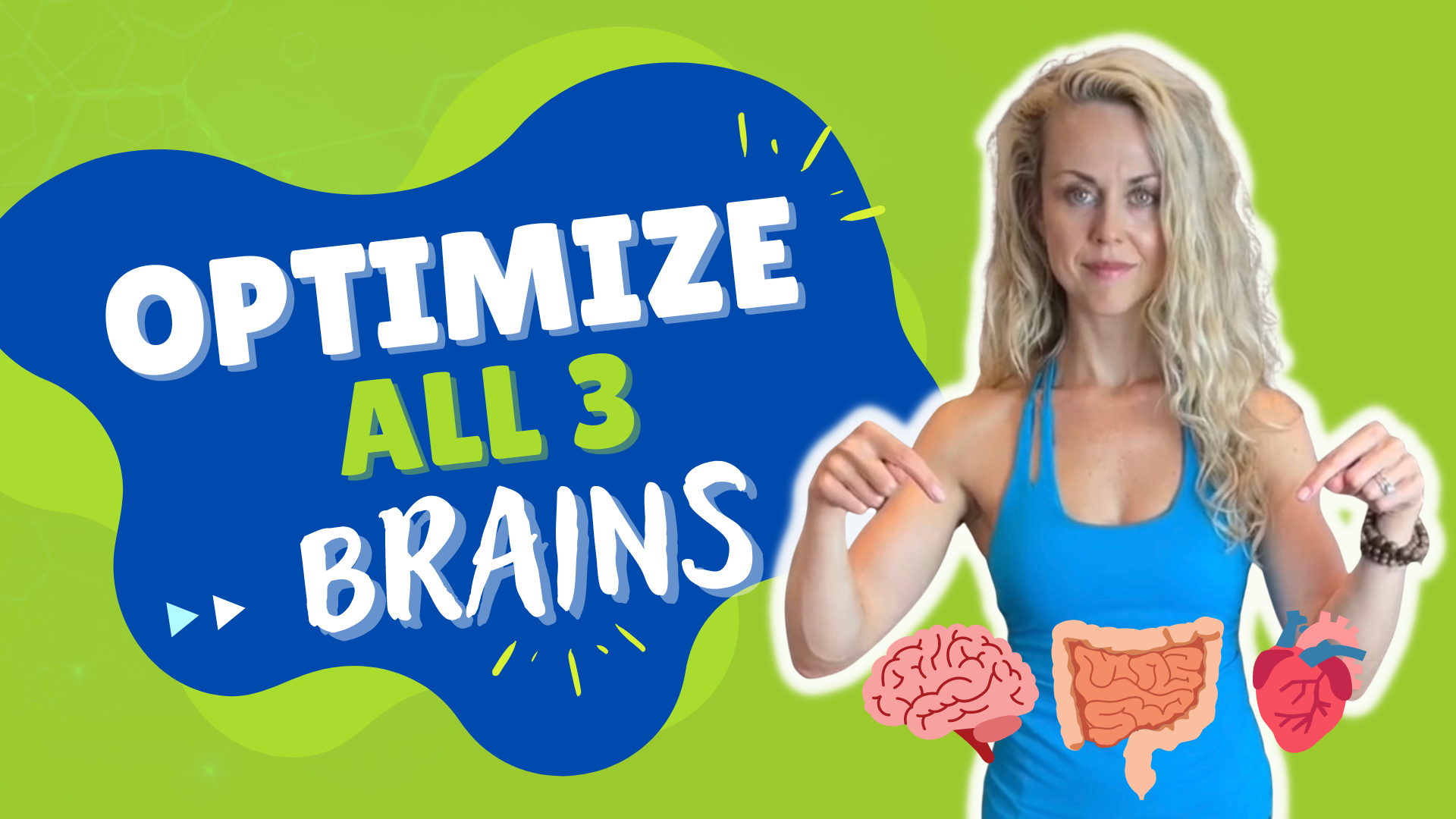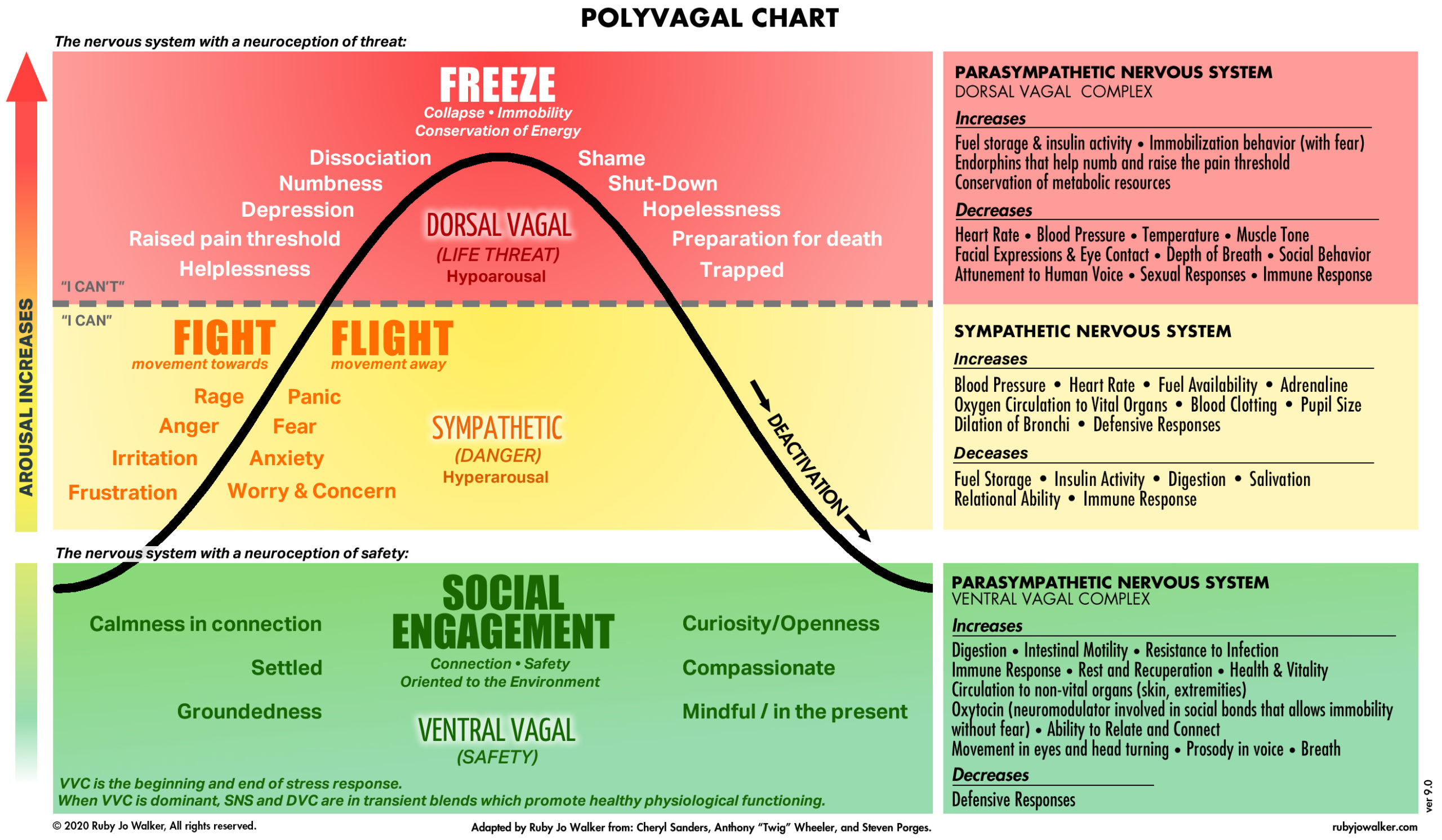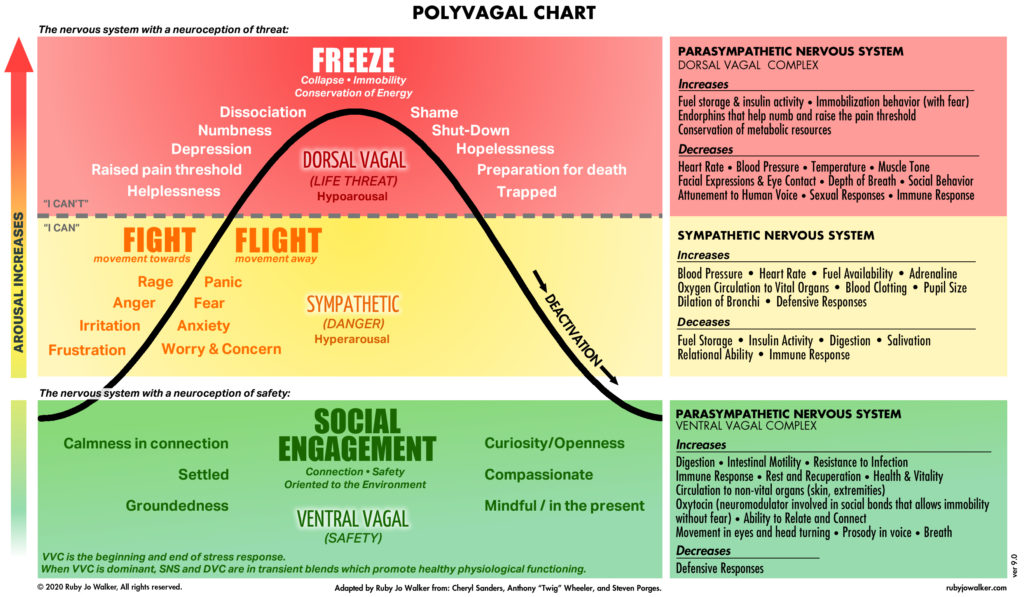We have three brains that all have complex neural networks that need to work together in sync, for us to be able to live our best lives — our heart, brain, and gut.
Rather watch or listen?
The connection between the heart, brain, and the gut
You’ve definitely experienced these connections in your lives so far. For example, when you’ve had butterflies in your stomach, when you were nervous to speak in front of people, or when you just followed your heart and made a decision based on that.
There are so many instances where you have felt and experienced these deep connections. And these three brains, these three independent nervous systems, our heart, our brain, and our gut, are so powerful in how we communicate, listen, and make decisions.
The brain
We have our first brain, which has billions of neurons that are constantly creating new wiring and information. It allows us to be able to have memory, communicate, have language, and to be able to have conscious thought and perception. It’s also where our limbic system is, the emotional center of our brain.
Gut
Our second nervous system, our gut, is responsible for digestion and all of the metabolic functions associated with that. The gut allows us to absorb and process the nutrients we get from our food. It’s not only important for all the different enzymatic reactions in the body, but it also has neurotransmitters like serotonin.
Ninety percent of our serotonin, for example, is in our gut and is formed by the bacteria in the gut microbiome.
The gut has a huge role in hormonal and immune function, too.
Heart
Our heart functions independently outside of the brain. We have numerous electrical and chemical reactions happening. Our heart brain acts as our emotional center. As mentioned previously, when we “follow our heart,” we are “following our emotions.”
The common link between the three brains
What is the common link among all three of these nervous systems? The vagus nerve.
The vagus nerve is the common connection. It exits the brainstem, moves into the carotid sinus of the heart, the SA node of the heart, and then innervates the entire digestive tract. This is the common link where more information comes from the viscera to the brain, called afferent information.
How to optimize the three brains
The one simple way that we can optimize all three of these brains at the same time is diaphragmatic breathing.
There are so many different types of breathing, such as pranayama breathing, 4-7-8 breathing, and box breathing.
The key is diaphragmatic breathing. Place the tongue at the roof of the mouth, gently touching the top teeth. Inhaling through the nose, allowing the abdomen to expand 360 degrees, and exhaling through the nose, letting the belly button move towards the spine, allowing the abdomen to contract and the ribs to come down. You could do this seated or lying down, whichever you prefer.
Tapping into our most optimal breathing pattern (ideally, you’re working towards 5.5 seconds in and 5.5 seconds out) is where we really get a lot of benefit from diaphragmatic breathing; we are stimulating the vagus nerve.
Stimulating the vagus nerve creates a release of acetylcholine, which creates that relaxation response. We are creating GI motility because the diaphragm moves down into the abdomen as you inhale, and as you exhale, the diaphragm moves back up. Think of it like you’re massaging the vagus nerve.
Of course, as it relates to the relaxation response, you’re creating a calming effect here, so we’re not in that fight or flight limbic system, but we can move more towards our prefrontal cortex in our brain, where we have more insight and rationale, while we are able to consciously and deliberately make better decisions. We’re able to listen more attentively.
Diaphragmatic breathing, I always say, is your superpower; you have it within you, so please make sure to use this throughout your day, regularly and repeatedly. I tell my patients to take three diaphragmatic breaths every hour.
To one connect all these brains, bring yourself to a parasympathetic state through breathing so that you can think and act more clearly and respond rather than react.
If you need help with your overall health, please schedule your discovery session here: https://p.bttr.to/3qHXz8i
I hope this is helpful. If it was, please give it a like, share it, and subscribe to our Youtube Channel — The Movement Paradigm — for weekly tips on mindset, nutrition, and movement.
Other things that may interest you:



